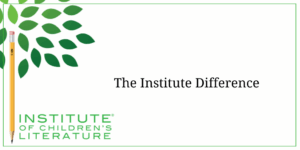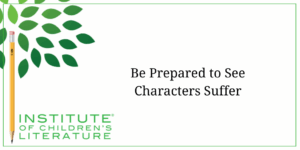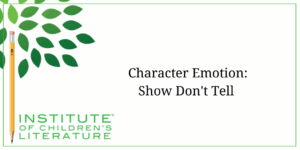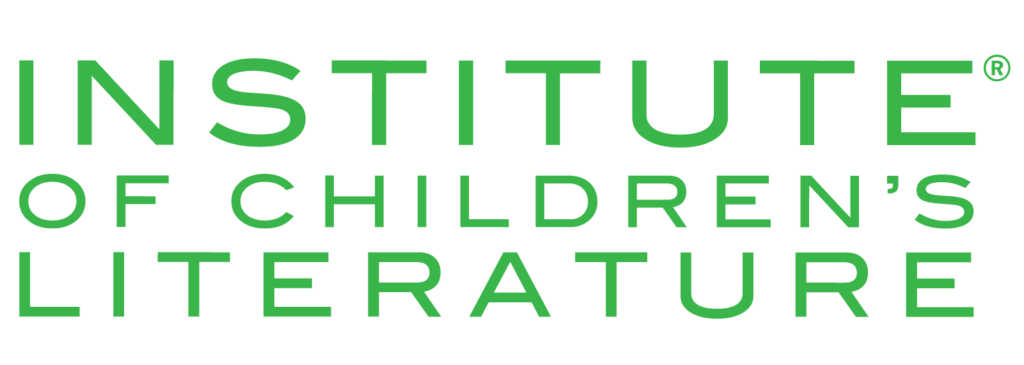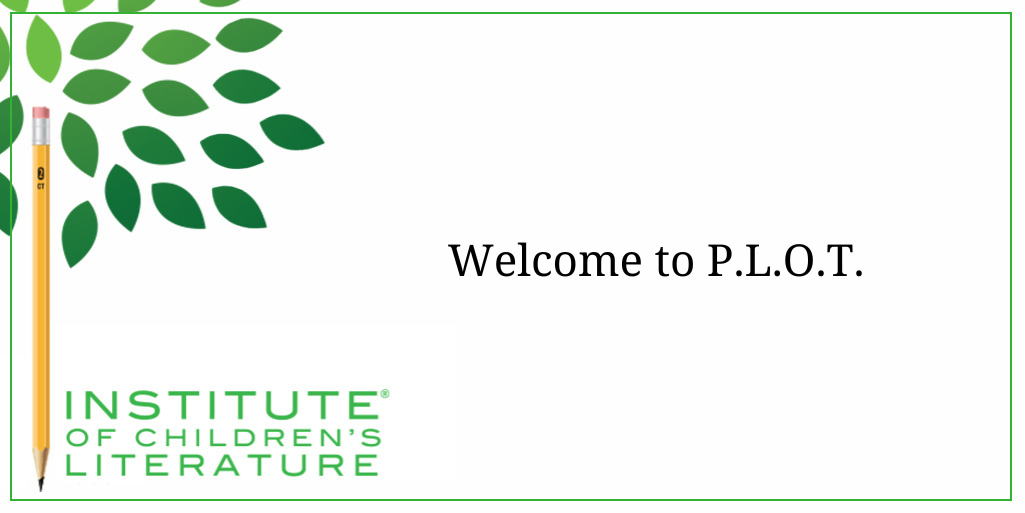
- Date: June 5, 2025
- Author: Jan Fields
- Category: Writing for Children Blog
- Tags: plot, plotting, storyline
We teach our students how to write and get published!
View our Course Catalog >
Welcome to PLOT
When I was in school, I was confused by plot. The idea of rising action, climax, falling action seemed not to fit many of the stories I read. Either that or I simply couldn't recognize when action was rising. What made action rise? Did it mean increased in urgency? Did it mean everything got harder for the characters? Did it mean the action became more purposeful? I found it all very confusing. 
I loved to read, but trying to analyze the structure of what I read confused me. So, when I considered writing fiction, I immediately felt overwhelmed. How was I supposed to make sure my action was rising when I had no real, practical idea of what that meant? Fiction writing seemed like some kind of magic, and I lacked the understanding to unlock it.
And guess what? After the dozens of novels I've written for publication, the whole “rising action” thing still leaves me cold. I managed to squeeze my way into the published author's club over and over without ever completely understanding plot the way my high school teachers wanted me to. But I do understand it, only differently. As with so many things related to writing, I've done it my way. Let me share with you what I've figured out.
Pared down to the most basic, plot is simply the way your story is told. The structure can vary far more than my high school literature classes hinted at. Some writers turn their stories inside out to tell them in inventive ways. That's risky, but if the author manages certain key elements, it can work. So, this month we're going to focus on plot, taking a look at specific essential elements of plot. And to do it in a novel way, let's begin with the letter P.
Plot is Personal
Many writers, especially those penning their first picture books, believe plot is simply a series of events. So, they can chain together actions, locations, or other elements, and send for potential publication. And are disappointed. Often this is because the chained together elements lack the absolute most essential connection: they aren't personal enough. Plot is personal to the character of the story. The characters are driving and reacting to all parts of the plot. Without that specific character in that position, some (if not all) of the events in a plot simply would not happen. As some authors will tell you: plot is characters and characters are plot. By that they mean, plot is made up of very specific, personal choices made by specific characters. If you tore the character out of the story and inserted a new character, the plot would need to fundamentally change because no one would believe it. It would feel wrong, even broken. If that isn't true of your story, you don't have a plot. You might have some interesting events, but plot is personal.
 Suppose you're considering your first picture book. You love animals so you decide to set it in a zoo. The main character walks through the zoo with his parents and looks at each animal. You describe the animals in clever ways. Then at the end, the family trudges out, tired of all the walking. That might be a very pretty series of events to illustrate but it isn't a plot. If you removed the main character and inserted his sister instead, nothing in the series of events would need to change. It wouldn't be personal, even though the character is seeing each thing. But is he affecting them? Is he making the story happen?
Suppose you're considering your first picture book. You love animals so you decide to set it in a zoo. The main character walks through the zoo with his parents and looks at each animal. You describe the animals in clever ways. Then at the end, the family trudges out, tired of all the walking. That might be a very pretty series of events to illustrate but it isn't a plot. If you removed the main character and inserted his sister instead, nothing in the series of events would need to change. It wouldn't be personal, even though the character is seeing each thing. But is he affecting them? Is he making the story happen?
Let's imagine a different story. The main character goes to the zoo with his parents and his beloved stuffed sock monkey. He is eager to see the monkeys. He tries to rush there, but his parents insist on looking at the sleepy lions, the elephants spraying one another with water, and the polar bear doing belly flops into his cold pool. They main character doesn't care. He cares only for the monkeys. Finally, he gets to see them. A whole family of monkeys, including a baby monkey who is so small he can slip from between the bars. And he does, dashing down to grab the sock monkey and vanish back into the cage. Finally, the story becomes personal. Finally, we have a story what wouldn't happen if some other kid who didn't bring his beloved sock monkey was inserted. Now it's more than events. It's a plot, and the reader is eager to know what happens next.
When a story is personal, we have a sense that something is at stake for this character. He is under pressure and absolutely will act, because he has motivation and need. This isn't all that plot is, but it is the most important element.
Plot is Pressure
Most of the time, plot begins at the point that your character is put under some sort of novel pressure. We live with certain pressures all the time. Our siblings may be annoying. Our parents may not understand us as much as we'd like. We don't have all the stuff we'd like. But those are ordinary pressures, and they don't pressure us to do something right this second, to act outside of our usual choices. If ordinary pressure leads to extraordinary action, readers often struggle to believe what the story is telling them. His sister has always been there. She's always called him pickle-head. She has always been older, faster, and more confident. So why would he decide today to challenge her to a bike race. What is different about today?
Now you've hit upon the first question you must answer to get into your plot. What is different about today? What is new or unexpected that is applying pressure to your main character that is outside the norm? Keep in mind that plot is personal, so how is today's difference affecting him personally, and forcing action? Sometimes this new and novel plot pressure might be something huge and literally earth shaking, like a natural disaster, a magical disaster or a family disaster (like a missing parent or sibling).
Sometimes the pressure is something much smaller, but important to this specific character at this specific time, such as a project deadline he's forgotten, especially if failing to complete this project could mean he doesn't get to participate in sports because of his grades. The pressure of a forgotten deadline doesn't have the oomph of a kidnapped parent or a monsoon, but it is vitally important to this specific character. It affects him personally. And it isn't something he can ignore.
Lift Off
When you know how your plot is personal to the main character and how it will apply pressure that forces the main character to act, then you're ready to begin writing your story. You don't have everything you need yet. There are still plot elements to explore, but you have enough to launch the story in a way that engages the reader. A problem applies pressure in a personal way to make a specific character do something. What does he do? That's up to the character. Different characters will respond in different ways. 
Let's return to our monkey and stuffed toy plot. The toy has been snatched. What does the character do? A sensitive, timid character would probably cry, hoping to be rescued from the problem. A confident, impulsive character would chase the monkey, even in defiance of the rules and the cries of his parents. A smart character would outsmart the monkey, perhaps offering a treat from the family's picnic bag to lure the monkey back for an exchange. Whatever the character does will come from who you have created that character to be. The problem is personal, so the response will be personal too. It will be exactly what that person would do in that situation. And you'll only know what the reaction should be if you know your character deeply. Ultimately, it's all up to you. Plot is merely a tool for story, a way of making the story important, memorable, and engaging. Of course, those are important things. So, the more we understand plot, the more success we are likely to see.
Related Articles for Understanding Originality
With over 100 books in publication, Jan Fields writes both chapter books for children and mystery novels for adults. She’s also known for a variety of experiences teaching writing, from one session SCBWI events to lengthier Highlights Foundation workshops to these blog posts for the Institute of Children’s Literature. As a former ICL instructor, Jan enjoys equipping writers for success in whatever way she can.

